10 Old-School Manners Younger Generations Have Forgotten
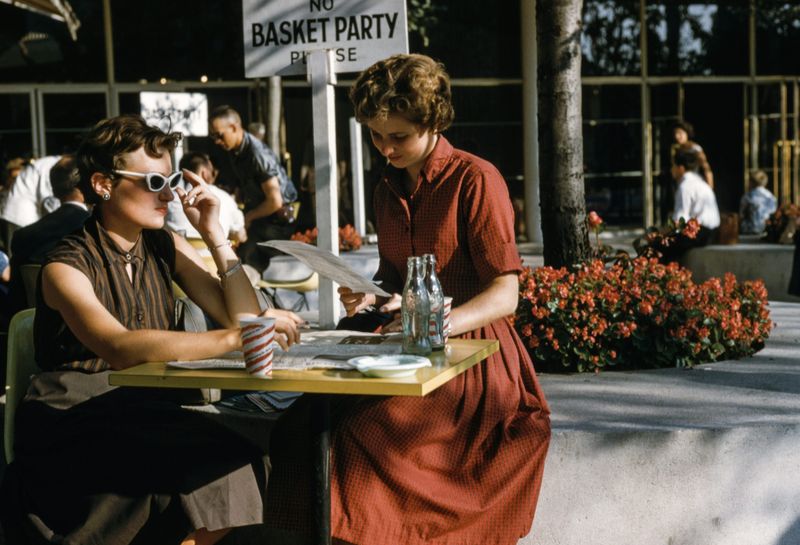
Remember when holding doors open and saying ‘please’ and ‘thank you’ were standard behaviors? Many traditional courtesies that were once common practice seem to be fading away in our fast-paced digital world. As technology advances and social norms shift, certain polite gestures that older generations valued highly have become less prioritized by younger folks. Let’s explore some classic manners that deserve a comeback in today’s society.
1. Writing Thank-You Notes

Long before text messages existed, people expressed gratitude through handwritten notes. After receiving gifts or attending special events, folks would sit down with pen and paper to craft personalized messages of appreciation.
The effort involved showed genuine thankfulness beyond a quick digital acknowledgment. These tangible tokens created lasting impressions and often became keepsakes.
Many grandparents still have boxes filled with decades-old thank-you notes they couldn’t bear to throw away. The thoughtfulness behind selecting stationery, writing carefully, and making a trip to the mailbox demonstrated respect for both the gift and the giver.
2. Standing When Someone Enters the Room
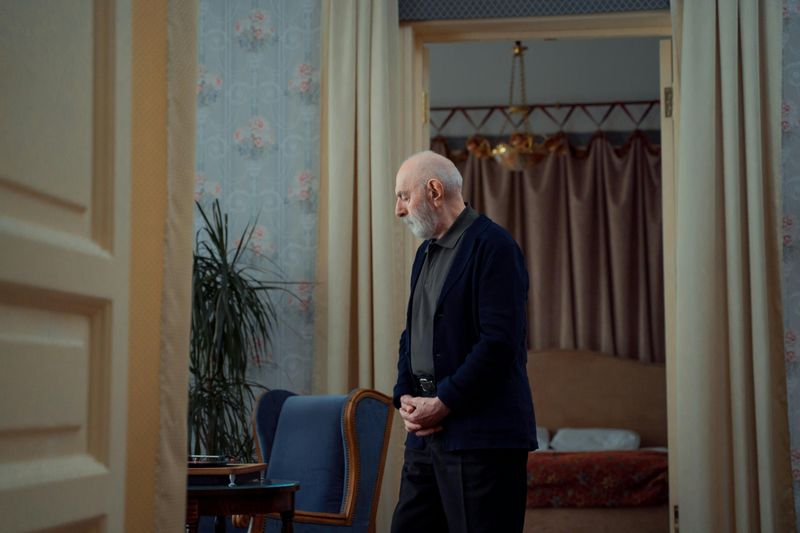
Rising from your seat when someone—especially an elder—enters the room once signaled deep respect. This small gesture acknowledged their presence and showed they were valued enough to pause whatever activity was underway.
Men traditionally stood when women joined the gathering, while everyone stood for authority figures. The practice created natural pauses in conversation and allowed for proper introductions.
Beyond just politeness, standing demonstrated awareness of others and created moments of connection. Today, people often remain glued to screens, barely looking up when someone new arrives—missing opportunities for meaningful acknowledgment.
3. Proper Phone Etiquette

Before smartphones dominated our lives, telephone conversations followed specific protocols. People identified themselves immediately when calling, kept conversations brief on shared lines, and never discussed private matters where others could overhear.
Public phone use maintained volume control and consideration for surroundings. Answering calls during meals or gatherings was considered extremely rude—something unimaginable in today’s constant-connection culture.
Most importantly, calls had clear beginnings and endings, with proper greetings and goodbyes. The structure created respectful boundaries now largely absent from our text-heavy, always-available communication style.
4. Responding to Formal Invitations
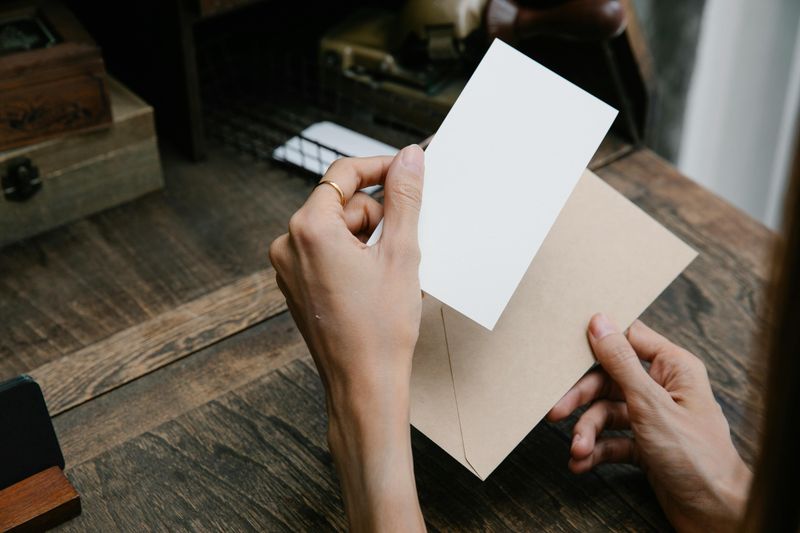
RSVP—derived from the French phrase “répondez s’il vous plaît”—literally requests the courtesy of a reply. Older generations understood this wasn’t optional but a social obligation requiring prompt attention.
Proper responses included confirming attendance or politely declining with appropriate notice. This allowed hosts to plan accordingly for food, seating, and other arrangements.
Today’s casual approach to digital invitations often leaves hosts guessing about attendance. The failure to respond promptly reflects a misunderstanding of how much preparation goes into hosting events. This simple courtesy makes event planning less stressful and shows appreciation for the invitation.
5. Giving Up Seats for Others
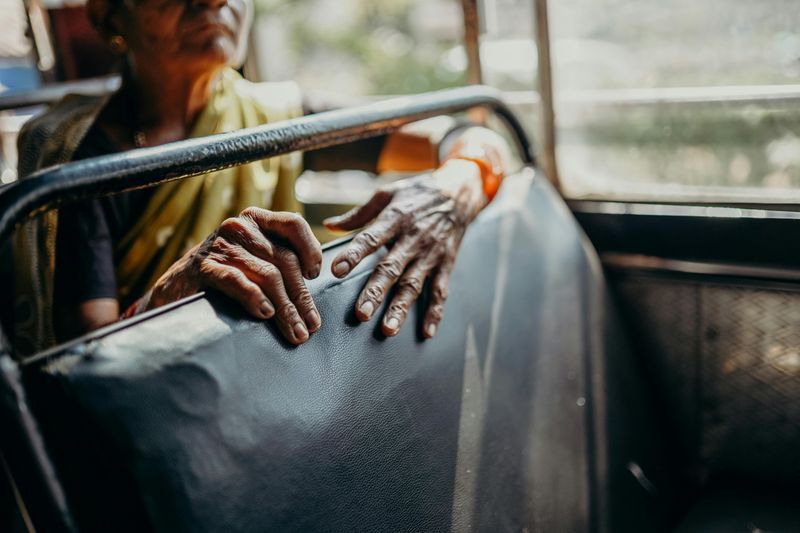
The practice of offering your seat to elderly individuals, pregnant women, or those with physical limitations was once automatic. Public transportation and waiting areas regularly witnessed this silent acknowledgment of those who might need to sit more than you.
Children were taught this behavior early, understanding it demonstrated awareness of others’ needs. No expectation of recognition or reward existed—just the satisfaction of doing what was right.
Modern commuters often remain absorbed in devices, missing opportunities to extend this courtesy. The simple act creates momentary human connection and communicates respect across generations, while making public spaces more comfortable for everyone.
6. Not Interrupting Conversations
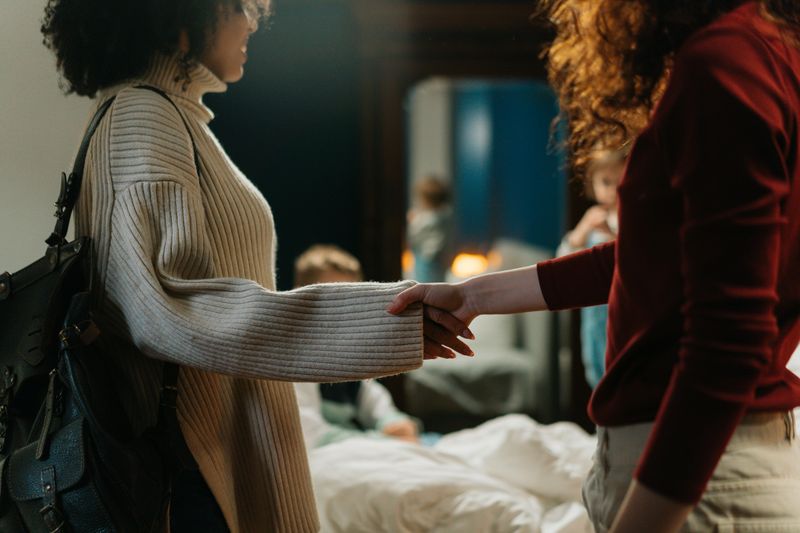
There was a time when patience in conversation was a sign of good manners. People listened fully, let others finish, and only then shared their thoughts.
Interrupting was considered disrespectful—signaling that your words mattered more than the current speaker’s. Children received gentle reminders like “wait your turn” or “don’t interrupt adults when they’re talking.”
Social media and fast-paced communication have normalized talking over others or jumping in mid-sentence. Reclaiming this forgotten manner creates more meaningful exchanges where everyone feels heard and valued, rather than constantly competing for airtime in conversations.
7. Removing Hats Indoors
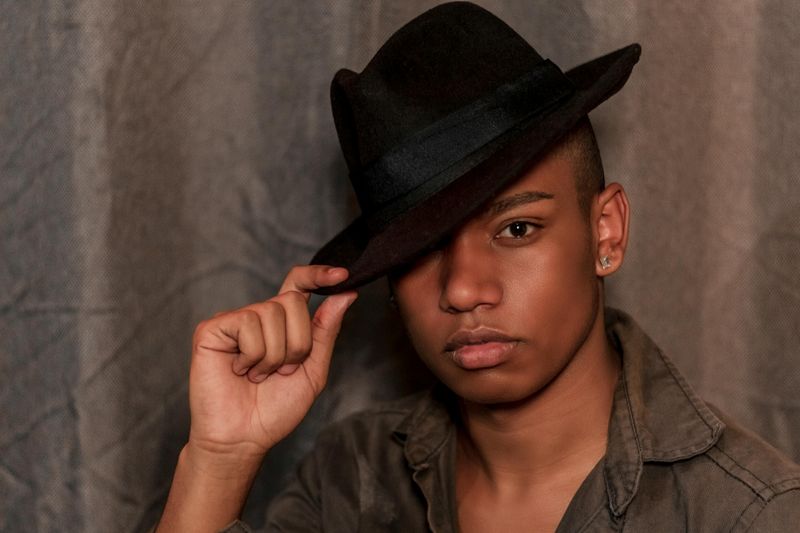
The tradition of doffing hats inside comes from medieval knights who removed helmets as a sign of trust—an age-old gesture that conveyed respect and goodwill.
Particularly in homes, places of worship, and during the national anthem, hat removal acknowledged the significance of the moment. The gesture transcended fashion to become a symbol of awareness and deference.
Few young people today recognize this tradition’s meaning or practice it consistently. While social norms evolve, understanding the respectful intent behind removing headwear helps preserve meaningful connections to cultural traditions that once united diverse communities.
8. Dressing Appropriately for Occasions
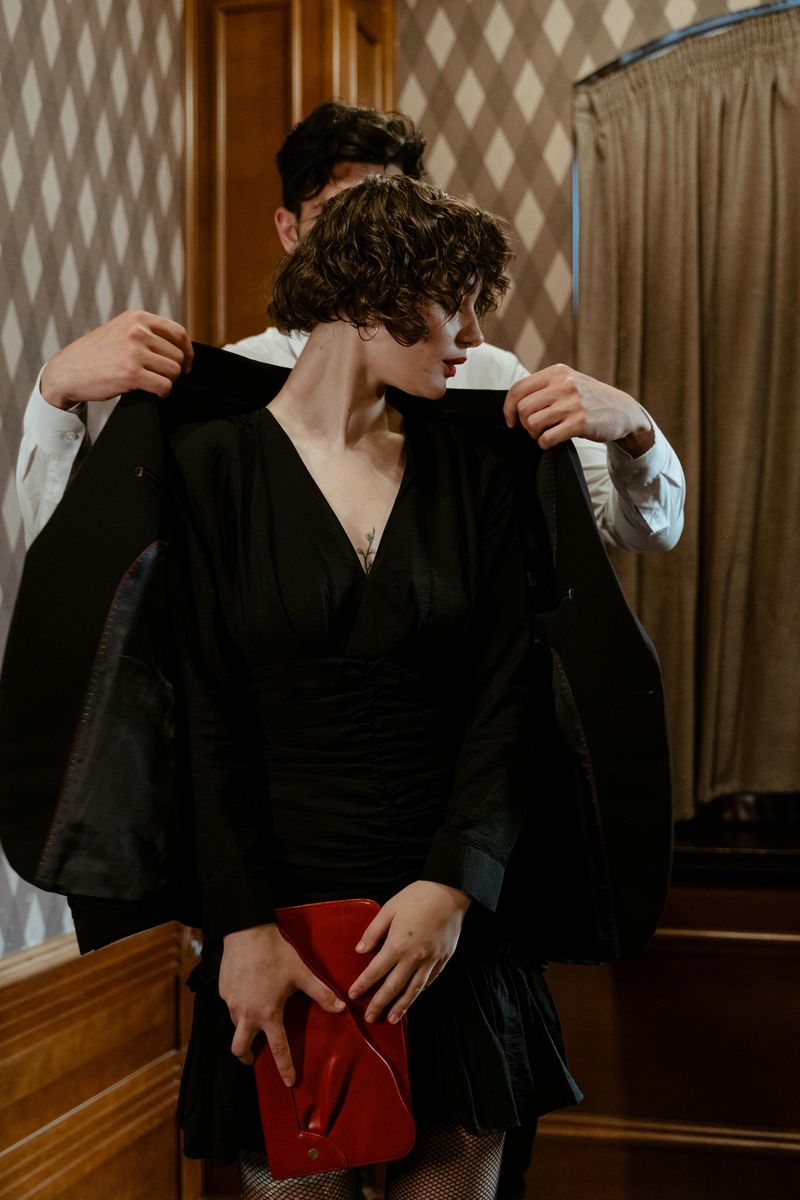
Selecting suitable attire for specific events once demonstrated respect for hosts and recognition of an occasion’s importance. Previous generations maintained clear distinctions between everyday clothes and special occasion wear.
Funerals, weddings, religious services, and job interviews each had understood dress codes that people followed without explicit instructions. The effort to dress appropriately communicated that you valued the event enough to prepare specifically for it.
Today’s casual approach often blurs these distinctions. While comfort matters, understanding when certain clothing honors the significance of gatherings helps maintain meaningful social traditions that mark life’s important moments.
9. Using Proper Table Manners
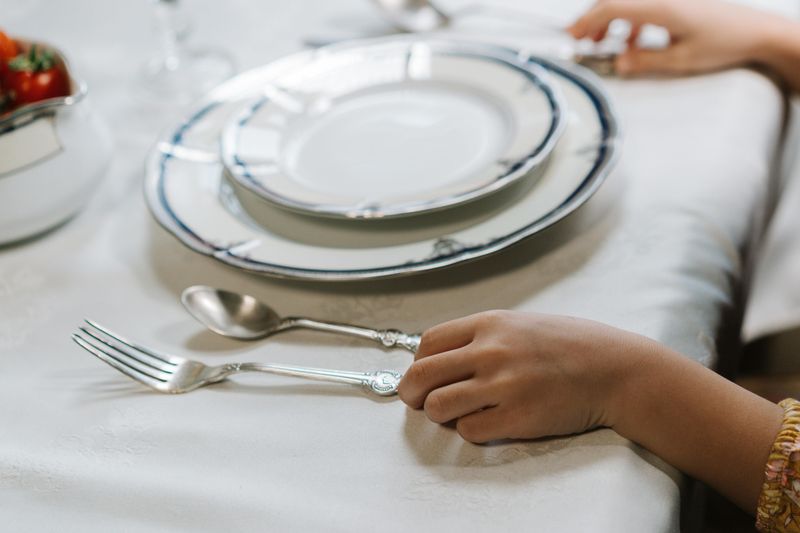
In the past, dining etiquette meant placing your napkin on your lap, keeping elbows off the table, and only eating once everyone was served—practices that showed respect and harmony at the table.
Children learned which utensils to use for different courses and how to engage in mealtime conversation. Passing dishes to the right, asking for items instead of reaching, and chewing with closed mouths were non-negotiable expectations.
Meals served as training grounds for social skills beyond just eating. While today’s casual dining culture has relaxed many rules, basic table manners still signal respect for others and enhance the communal experience of breaking bread together.
10. Making Proper Introductions
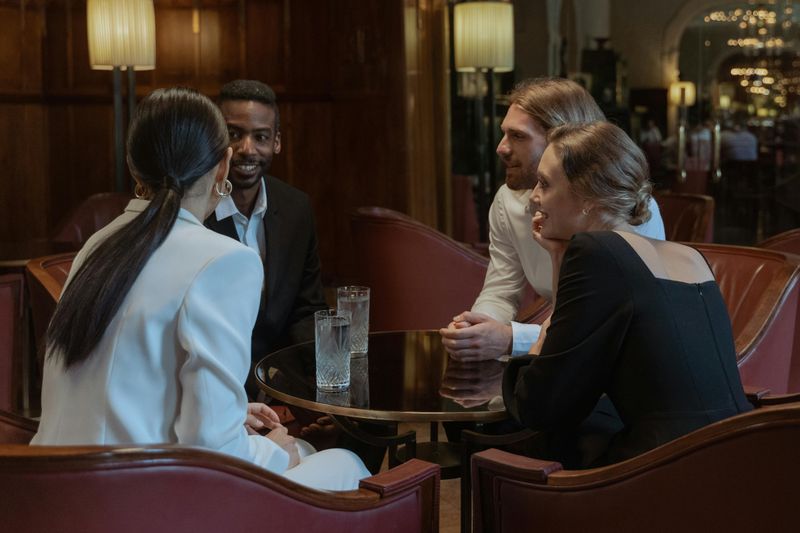
Formal introductions followed specific protocols that acknowledged status and relationships. Younger people were introduced to elders, men to women, and less distinguished individuals to those of higher rank.
The process included stating full names clearly and providing relevant context about each person. These thoughtful introductions helped establish immediate connections and gave people conversation starting points.
Modern social interactions often skip these formalities entirely, leaving people to awkwardly figure out connections themselves. Reviving the art of proper introductions creates smoother social interactions and demonstrates social awareness that makes everyone feel recognized and valued.

Comments
Loading…